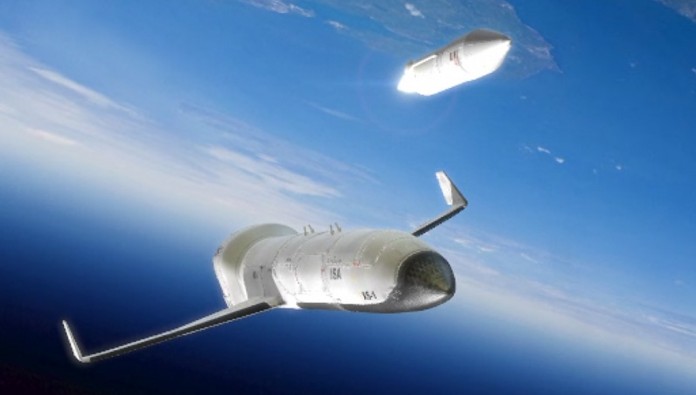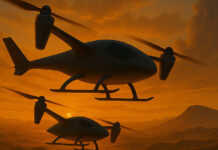Boeing, Northrop Grumman and Masten Space Systems have won additional funding from the US Defense Advanced Research Projects Agency (DARPA), to continue developing their concepts for the United States military’s XS-1 robotic space plane under the program’s second phase (Phase 1B).
The current phase funds the “development of the XS-1 demonstration concept, substantiating identified core component technologies, mitigating risk, developing a Technology Maturation Plan (TMP), and performing several demonstration tasks,” DARPA said. Completion of Phase 1B is expected by August 2016. All three companies had received money in the summer of 2014 for initial “Phase 1” design work. The first XS-1 orbital mission could take place as early as 2018, DARPA said.
The objective of the Experimental Spaceplane XS-1 program is to demonstrate relevant technologies and then fabricate and fly a reusable, unmanned aircraft to the edge of space. The XS-1 would then deploy a small expendable upper stage able to launch a 3,000-pound spacecraft to Earth orbit at a cost of no more than $5M, or about one-tenth the cost of today’s launch systems.
The experiment will demonstrate the XS-1’s “aircraft-like” operability, cost efficiency and reliability, agency officials have said. Key anticipated characteristics of the XS-1 aircraft include a physical size and dry weight typical of today’s business jets.
The XS-1 will likely feature a reusable first stage and one or more expendable upper stages. The first stage will fly to suborbital space and then return to Earth, while the upper stages will deploy the space plane’s payloads.
The three companies have teamed with private ventures already seeking commercial space flight vehicles. space. Boeing teamed up with Blue Origin; Northrop Grumman partnered with Virgin Galactic and Masten cooperated with XCOR Aerospace.
Boeing already has experience building robotic space planes for the U.S. military. The company constructed the Air Force’s two X-37B space planes, which have launched on a total of four mystery missions over the past five years. In addition, DARPA is exploring another concept for launching small satellites to orbit from an F-15 – under Airborne Launch Assist Space Access (ALASA). The first in-air ALASA test could occur later this year.

















